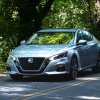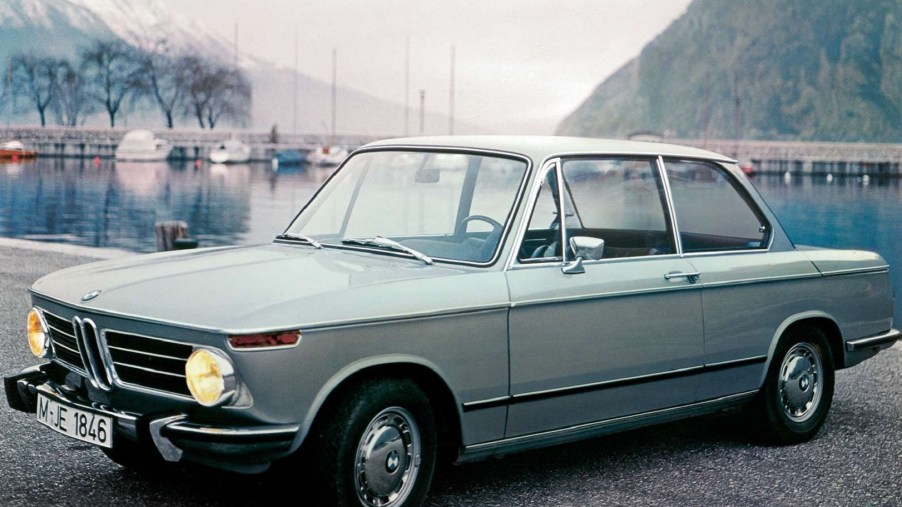
Why Is the BMW 2002 Still So Beloved Today?
The E30 M3 is often considered one of BMW’s high points, if not its quintessential car. And not just because, as an older and simpler model, it’s one of the more reliable BMWs. It’s because of the way it drives. But the E30 wouldn’t exist without an earlier car. One that not only saved the company but set the stage for performance imports in the US: the BMW 2002.
The BMW 2002’s history
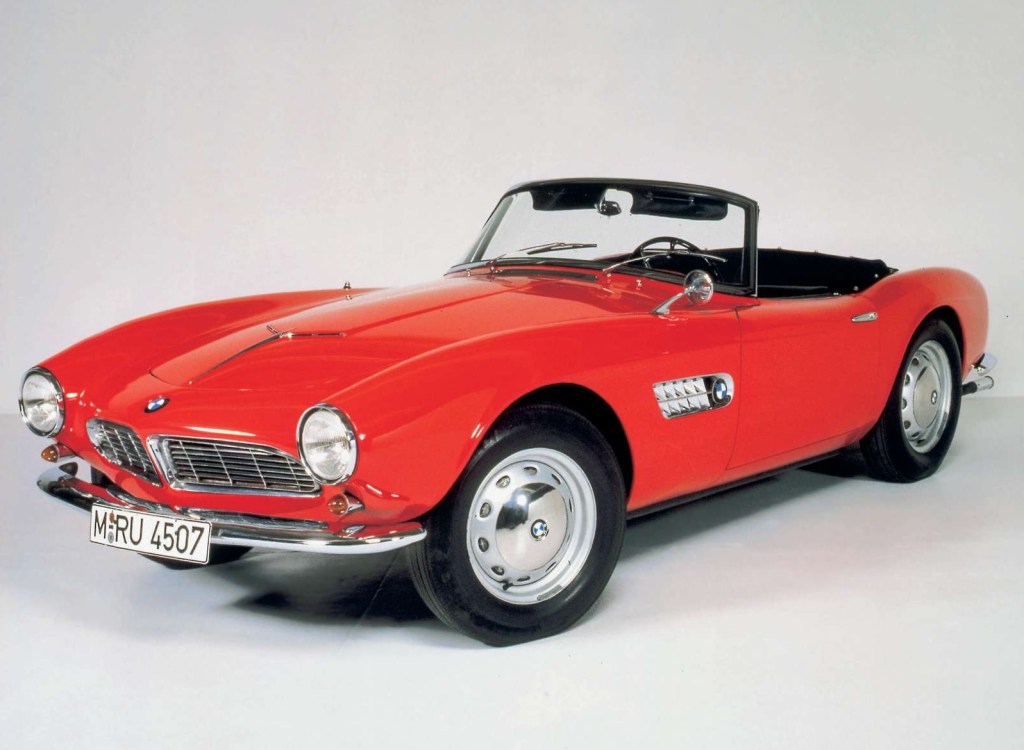
In the 1960s, BMW was on the verge of bankruptcy, Silodrome reports. The company’s luxury roadster, the 507, hadn’t found many buyers. And though projects like the Isetta helped forestall its collapse, BMW needed a big hit.
That hit came in 1962, with the release of the ‘Neue Klasse’ (‘New Class’) sedans. With an 80-hp 1.5-liter four-cylinder engine, the BMW 1500 wasn’t exactly fast. But it sold extremely well, Hemmings reports, leading to larger-engine variants. There were also stripped-down, lighter more-affordable versions, such as the 85-hp, 1.6-liter 2-door 1600, aka the 1600-2, Automobile reports. It too proved popular and was soon renamed ‘1602’.
But BMW’s North American importer, Max Hoffman, pushed the German automaker to offer something more powerful, Hagerty reports. Especially since Datsun’s 510 offered similar features—front discs, independent suspension, and a 96-hp 1.6-liter four-cylinder—at a lower price. Luckily, several BMW engineers were already modifying their personal cars by swapping in larger engines.
The 2002 models
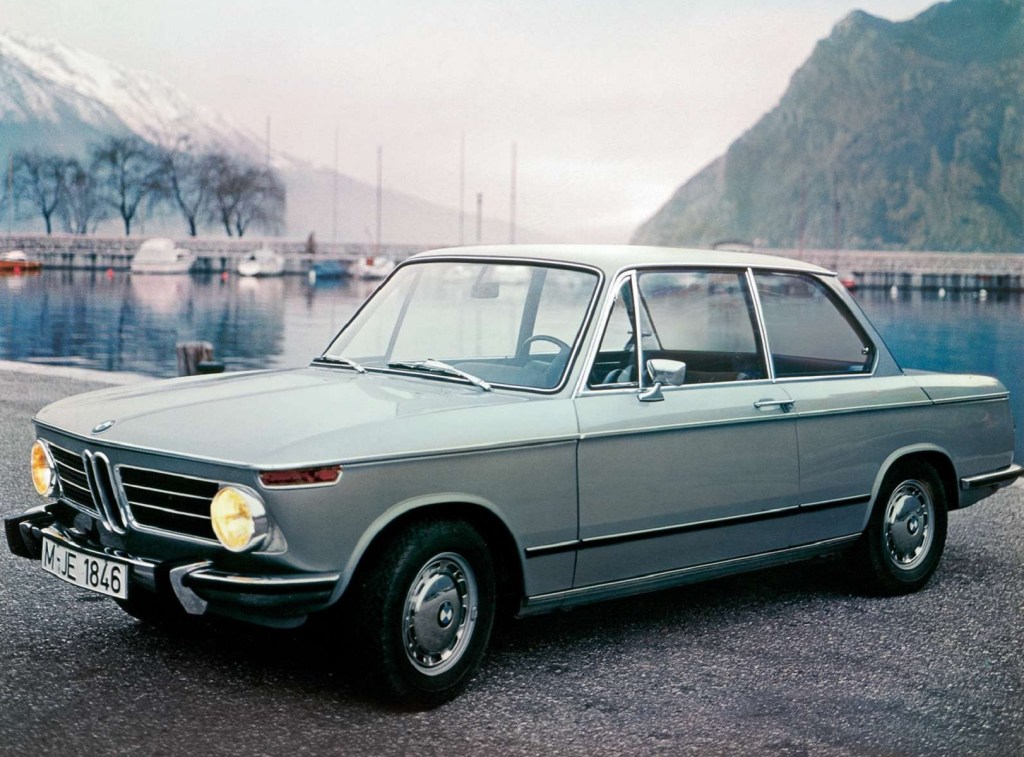
The result of all this was the 1968 BMW 2002. In base form, it features a 100-hp 2.0-liter four-cylinder engine and a 4-speed manual, or an optional 3-speed automatic. European buyers also got the 2002ti, with a dual-carb 119-hp engine. And like the 1602, the BMW 2002 has front discs and independent suspension.
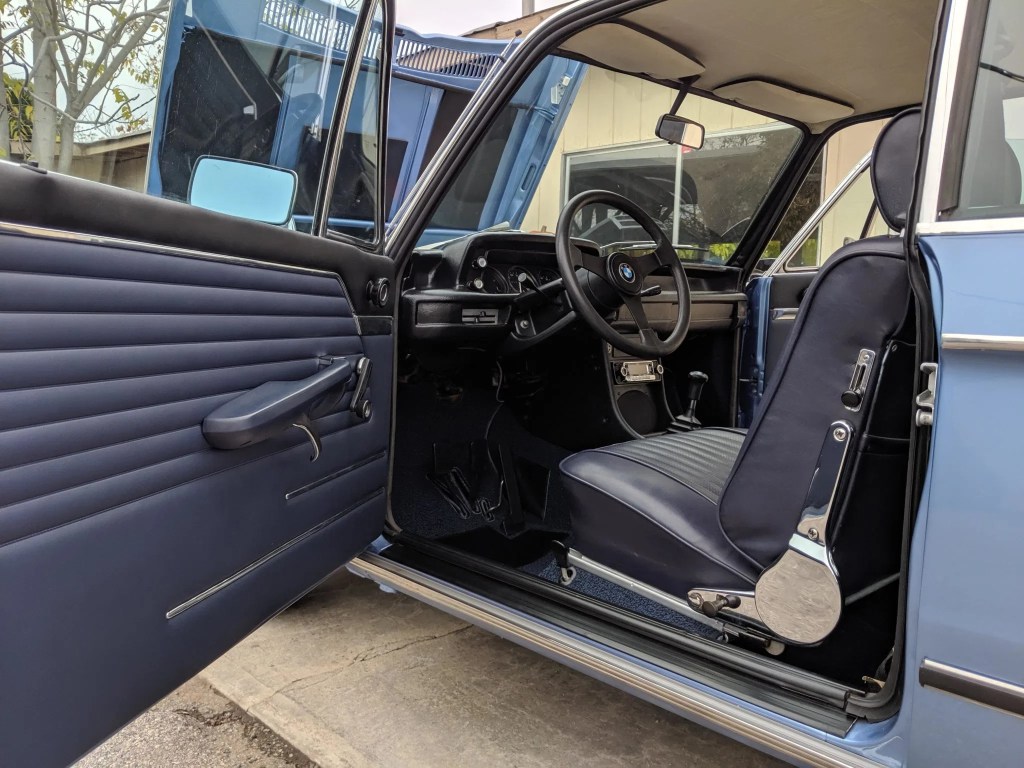
Then, in 1972, BMW released the 2002tii. Its 2.0-liter four-cylinder engine has mechanical fuel injection, Bring a Trailer reports, and develops 130 hp. It also has larger front discs than the base 2002, Car and Driver reports, and an upgraded master cylinder. The fuel-injected BMW 2002 also has as stiffer springs and control arms, anti-roll bars, an upgraded clutch, and wider wheels.
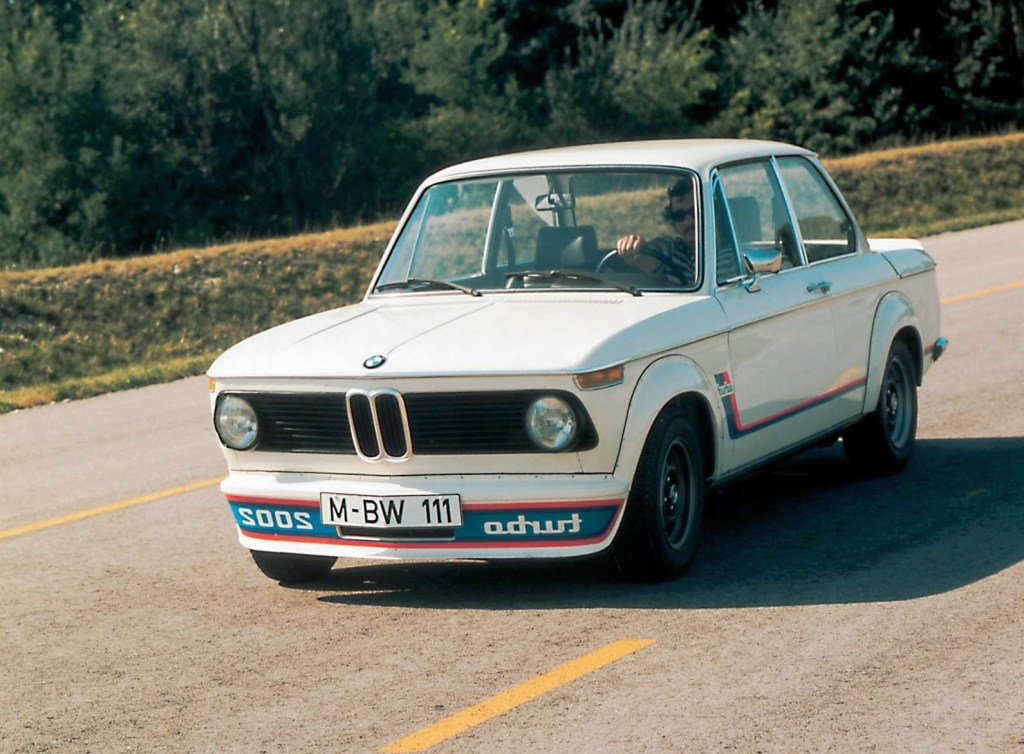
But BMW wasn’t done boosting the 2002. In 1973 the automaker released its first production turbocharged car, the 2002 Turbo, Silodrome reports. Visually, the BMW 2002 Turbo is distinguished by its fender flares, rear spoiler, and graphics package.
But the biggest difference is in its performance. Thanks to mechanical fuel injection, an oil cooler, and the eponymous turbo, the car’s 2.0-liter four-cylinder develops 170 hp, Top Gear reports. To help the coupe deal with the added power, the 2002 Turbo also has a limited-slip differential, bigger brakes, bigger wheels, and wider tires, TG reports. Hence the fender flares.
And if that still wasn’t enough, there were several Alpina 2002 models. The A4S is the most powerful, with a 195-hp naturally-aspirated 2.0-liter four-cylinder. It’s also more luxurious than the standard car, Silodrome reports, with wood trim and racing bucket seats.
Driving the BMW 2002 explains everything
While the BMW 2002 may be the 3-Series predecessor, Motor Trend reports, as a classic car, it’s not exactly loaded with features. Even the radio was a dealer-installed option.
But the 2002 didn’t become an icon because of luxury features. Because there’s a reason why, in 1968, Car and Driver’s review of the car was titled, “Turn Your Hymnals to 2002.” It’s simply a blast to drive.
Contemporary muscle cars could naturally out-accelerate it. But with significantly better suspension and less weight, the German coupe could catch and even overtake them in the corners. It could even out-handle the vaunted British roadsters of the day, like the Austin-Healey Sprite, Automobile reports. However, it was still a comfortable, practical, genuine 4-seater car. Even by modern standards, the ride is comfortable, MT reports.
The BMW 2002 Turbo accentuates these traits. The turbocharger is very laggy by today’s standards—if you’re not prepared for it, it’ll make the car slide. But the coupe is well-balanced, TG reports, and the power delivery isn’t spikey like on a vintage Porsche 911 Turbo. And at speed, the steering tells you exactly what the tires are doing.
The BMW 2002 didn’t do anything new, as such. It didn’t introduce a production-spec turbocharger, or independent suspension, or front disc brakes. But it was a reliable, well-made, practical yet fun car that was easy to modify. One that sets the reputation BMW is still judged by to this day.
Getting one of your own
For some time, BMW 2002s were relatively cheap. And while the base models still are somewhat, the 2002tii and Turbo command a sizeable premium.
It’s possible to find a well-maintained 2002 for less than $20,000 on BaT. A good-condition 2002tii, though, costs $30,000 on average, Hagerty reports, and ‘excellent’ ones closer to $60,000.
BMW 2002 Turbos, though, are even more expensive. They’re also fairly rare—BMW just built 1672 from 1973-1974. As a result, it’s not unusual to see them going for $100,000 or more. In 2018, one sold at an RM Sotheby’s auction for $145,600.
Follow more updates from MotorBiscuit on our Facebook page.
